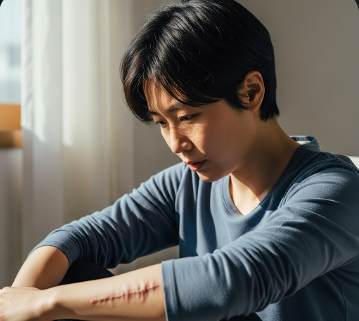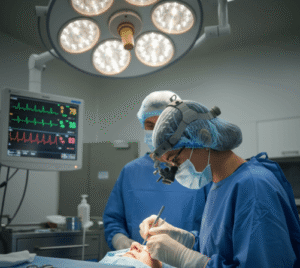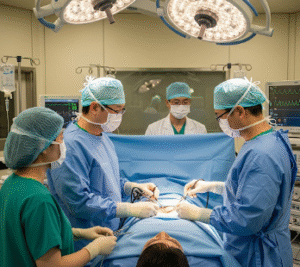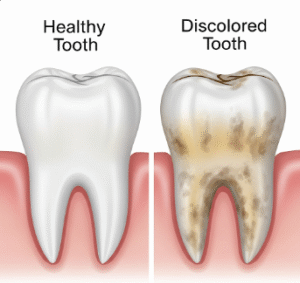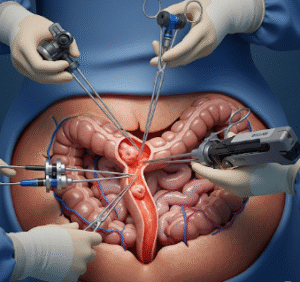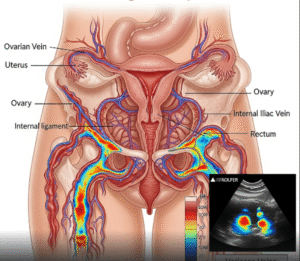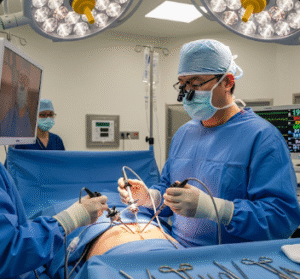Overview
Sarcoma is a rare but serious type of cancer that develops in the body’s connective tissues, including bones, muscles, fat, nerves, cartilage, tendons, and blood vessels. Unlike more common cancers that start in organs such as the lungs or breast, sarcomas arise from the tissues that provide structure and support throughout the body.
Sarcomas are divided into two major categories:
- Soft tissue sarcomas – occur in muscles, fat, blood vessels, and other soft tissues.
- Bone sarcomas (osteosarcomas) – develop in the bones.
Although sarcomas account for less than 1% of all adult cancers, they are more common in children and young adults. Because sarcomas can develop almost anywhere in the body, diagnosis and treatment can be challenging. However, with modern therapies—especially in advanced medical hubs like South Korea—patients can access highly specialized care that improves survival and quality of life.
What is Sarcoma?
A sarcoma is a malignant (cancerous) tumor that originates from mesenchymal cells, the precursor cells that form connective tissues. Unlike carcinomas, which develop from epithelial cells lining organs and glands, sarcomas arise from the supportive framework of the body.
Main subtypes include:
- Osteosarcoma – most common bone cancer, often seen in teenagers.
- Chondrosarcoma – cancer of cartilage.
- Ewing sarcoma – affects bone and soft tissue, usually in children.
- Liposarcoma – develops in fat cells.
- Leiomyosarcoma – arises from smooth muscle cells.
- Angiosarcoma – originates in blood or lymphatic vessels.
Each subtype has unique characteristics, growth patterns, and treatment approaches, making expert diagnosis crucial.
Symptoms
Sarcoma symptoms vary depending on its type and location. Early stages may not cause noticeable signs, which is why many cases are discovered late.
Common symptoms of soft tissue sarcomas:
- A lump or swelling that grows over time.
- Lump may be painless initially but becomes painful if pressing on nerves or muscles.
- Restricted movement if tumor develops near a joint.
Common symptoms of bone sarcomas:
- Persistent bone pain (often worse at night).
- Swelling or tenderness near affected bone.
- Increased risk of fractures in the affected bone.
General symptoms in advanced cases:
- Fatigue.
- Unexplained weight loss.
- Difficulty breathing (if sarcoma spreads to lungs).
Causes
The exact cause of sarcoma is not fully understood, but it occurs due to genetic mutations in connective tissue cells that lead to uncontrolled cell growth and tumor formation.
Factors believed to play a role include:
- Genetic mutations: Alterations in tumor suppressor genes such as TP53 and RB1.
- Radiation exposure: Previous radiation therapy can increase risk.
- Inherited syndromes: Li-Fraumeni syndrome, familial adenomatous polyposis, and retinoblastoma syndrome.
- Chronic lymphedema: Long-term swelling can contribute to lymphangiosarcoma.
- Exposure to chemicals: Such as vinyl chloride, arsenic, or herbicides.
Risk Factors
Several factors may increase the risk of developing sarcoma:
- Age: Bone sarcomas often occur in children and teens; soft tissue sarcomas are more common in adults.
- Family history: Genetic cancer syndromes increase susceptibility.
- Radiation therapy history: Especially for childhood cancers.
- Occupational exposure: Chemicals or toxins associated with cancer risk.
- Chronic swelling (lymphedema): Raises risk of lymphatic sarcoma.
Complications
Without timely diagnosis and treatment, sarcomas can lead to serious complications:
- Metastasis: Sarcomas commonly spread to the lungs, liver, and other bones.
- Functional impairment: Large tumors in limbs may limit mobility.
- Fractures: Bone sarcomas weaken bone structure.
- Recurrence: Even after treatment, sarcomas can come back in the same or different location.
- Psychological impact: Living with a rare cancer may cause anxiety, depression, or emotional distress.
Prevention
There is no guaranteed way to prevent sarcoma, but steps can be taken to reduce risks and promote early detection:
- Regular health check-ups if there is a family history of genetic cancer syndromes.
- Minimizing unnecessary radiation exposure.
- Protective measures in workplaces where exposure to harmful chemicals is possible.
- Early evaluation of unexplained lumps—prompt medical attention increases chances of successful treatment.
- Genetic counseling for families with hereditary cancer syndromes.
Treatment Options in Korea
South Korea is recognized as one of the leading destinations for advanced cancer care, including rare cancers like sarcoma. Korean hospitals offer multidisciplinary teams, cutting-edge diagnostic tools, and personalized therapies to improve patient outcomes.
1. Diagnosis & Staging
- Imaging tests: MRI, CT scans, PET scans to locate and measure tumor size.
- Biopsy: Core needle or surgical biopsy to determine cancer type.
- Molecular testing: Helps classify sarcoma subtype and guide targeted therapies.
2. Surgery
Surgical removal of the tumor is often the primary treatment for sarcoma.
- Limb-sparing surgery: Removes tumor while preserving limb function.
- Amputation (rare cases): Only if tumor cannot be safely removed.
- Reconstructive surgery: Korean hospitals often combine tumor removal with advanced reconstructive techniques.
3. Radiation Therapy
- External beam radiation therapy (EBRT): Used before surgery to shrink tumors or after surgery to kill remaining cells.
- Intensity-Modulated Radiation Therapy (IMRT): Widely available in Korea; precisely targets tumors while sparing healthy tissue.
4. Chemotherapy
- Often used for Ewing sarcoma and some soft tissue sarcomas.
- Drugs like doxorubicin, ifosfamide, and gemcitabine are standard.
- Korean oncology centers also offer high-dose chemotherapy with stem cell support in select cases.
5. Targeted Therapy & Immunotherapy
Korean hospitals are at the forefront of introducing advanced treatments:
- Targeted drugs: Imatinib for gastrointestinal stromal tumors (GIST).
- Immunotherapy: Drugs that enhance the immune system’s ability to attack cancer cells.
- Clinical trials: Patients in Korea may access novel therapies not widely available elsewhere.
6. Rehabilitation & Supportive Care
- Physical therapy to restore mobility after limb surgery.
- Psychological counseling and support groups.
- Fertility preservation options for younger patients undergoing chemotherapy.
Why Choose Korea for Sarcoma Treatment?
- World-class hospitals like Asan Medical Center, Samsung Medical Center, and Seoul National University Hospital specialize in rare cancers.
- Multidisciplinary approach: Teams of orthopedic oncologists, radiation oncologists, surgeons, and rehabilitation experts work together.
- Cutting-edge technology: Robotic surgery, IMRT, proton therapy.
- Patient-centered care: International patients receive translators, care coordinators, and tailored treatment programs.
Conclusion
Sarcoma is a rare but complex cancer that can affect people of all ages. Early detection, precise diagnosis, and advanced treatment are essential for improving survival and quality of life. While it presents challenges due to its wide range of subtypes and locations, modern medicine has made remarkable progress in its management.
South Korea has emerged as a global leader in sarcoma care, offering advanced diagnostic tools, innovative treatments, and specialized care teams. Patients benefit not only from world-class medical technology but also from holistic support that addresses both physical and emotional needs.
With timely intervention and expert care, many sarcoma patients can achieve long-term remission and maintain fulfilling lives.

